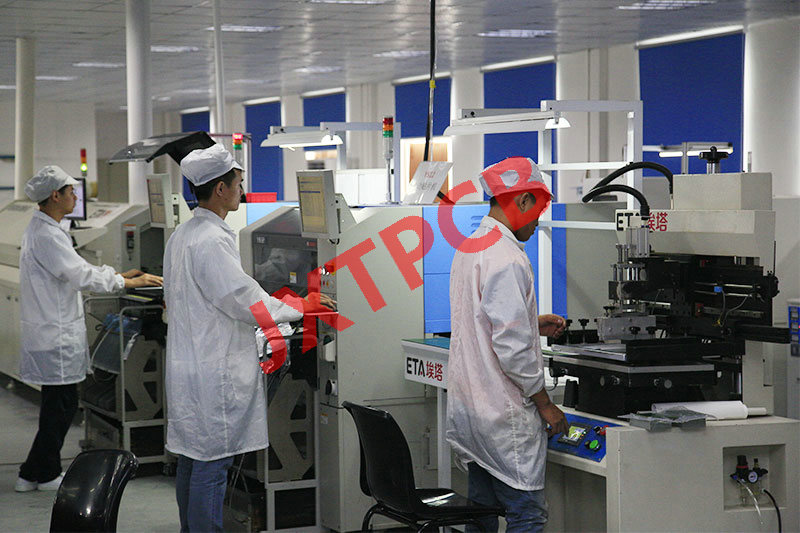Artificial intelligence in chip design is one of the most promising applications of the technology in manufacturing. It promises to make chips faster, more accurately and with less strain on the workforce.
AI is quickly becoming one of the most versatile and practical tools at a manufacturer’s disposal. As electronics manufacturers face increasing demand and supply chain pressure, the application of AI in chip design has gained significant momentum.
Chip designers face the daunting task of providing ever-increasing functionality in shrinking sizes while managing production and end costs. AI, which excels at analyzing and balancing multiple complex factors, is an ideal solution. Here are five ways manufacturers can use AI to optimize chip design.
Accelerating chip design cycles
Increased efficiency is one of the biggest advantages of AI in chip design. Optimizing a chip’s design means calculating and balancing thousands of possibilities, from materials to component placement to node types. This process is slow and laborious for human engineers, but AI models can weigh these factors to find the ideal balance in a fraction of the time.
AI can generate an ideal chip floor plan in less than six hours when it would take a team of human researchers months to achieve the same results. Even if engineers must make further modifications to the design, they’d have a several-months–long head start.
Manufacturers can dramatically reduce their lead times by streamlining the initial design phases. They could bring new chips to market much faster, leading to better returns on investment.
Reducing production costs
Using AI in chip design also lets manufacturers produce the components at a lower cost. Much of these savings stem from AI’s speed. Because R&D timelines shorten from months to weeks or even days, manufacturers spend far less on personnel and machine costs across the production lifecycle.
This agility lets manufacturers take advantage of more cost-effective chip technologies, too. Application-specific Integrated Circuits (ASICs) have lower production costs than more conventional general-purpose chips but higher initial engineering expenses. However, if chipmakers use AI to streamline that early development, ASICs are a more viable option, letting them maximize their cost-effectiveness.
AI can also keep cost efficiency in mind when designing chips. Intelligent models can consider material costs and complexity when comparing design possibilities to give manufacturers options with lower production expenses. Human experts could theoretically find these possibilities, too, but it would take longer and be less reliable.
Enhancing chip performance
Performance is another key consideration in chip design. Demand for device functionality is rising, but supporting high-end functions while keeping costs reasonable is often challenging for engineers. Because AI can compare thousands of parameters faster than humans, it can manage these complex considerations better.
In addition, using AI-assisted design software lets manufacturers uncover design choices that improve chip performance in ways they might’ve missed otherwise.
As manufacturers use machine learning in more chip designs, these algorithms will gather more real-world data, becoming more effective over time. Consequently, broader AI adoption would lead to ongoing—even exponential—improvements in chip design.
Improving manufacturability
AI in chip design can also apply to processes outside the design phase. Predictive models can take a design and data about a manufacturing facility’s production lines to analyze how the manufacturing process would look. They can then recommend design or workflow adjustments to make the product easier to produce.
Some chip designs may seem ideal on paper but introduce too many production complications in practice. A prototype could require five-axis machining, but this requires specially trained operators, increasing the risk of human error. AI could notice that risk, then suggest an alternative design that manufacturers can make with easier methods.
These factors can be easy to overlook for humans but have far-reaching implications. AI-guided design helps electronics companies account for these manufacturing issues to minimize lead times and production costs down the line.
Mitigating talent shortages
As electronics demand rises, many companies find themselves facing tech talent shortages. Applying AI in chip design mitigates these gaps by letting smaller teams accomplish more in a shorter timeframe.
U.S. semiconductor organizations could face talent shortages of 300,000 engineers and 90,000 technicians by 2030. Reskilling and upskilling are crucial steps in addressing that gap, but realistically, many businesses will still experience significant labor strains. However, if chip design didn’t take as long or wasn’t as involved, that shortage would be less impactful.
Because AI streamlines the design process so much, it gives workers more time to complete other tasks. Similarly, automating more of the process means employees with lower skills and experience can still fulfill chip design roles. As a result, the tech talent gap wouldn’t impact companies as heavily.
AI in chip design is a relatively new but increasingly valuable solution. These automated tools will become essential to staying competitive in the industry. Applying AI to address these five areas will ensure electronics manufacturers adapt to growing challenges.







